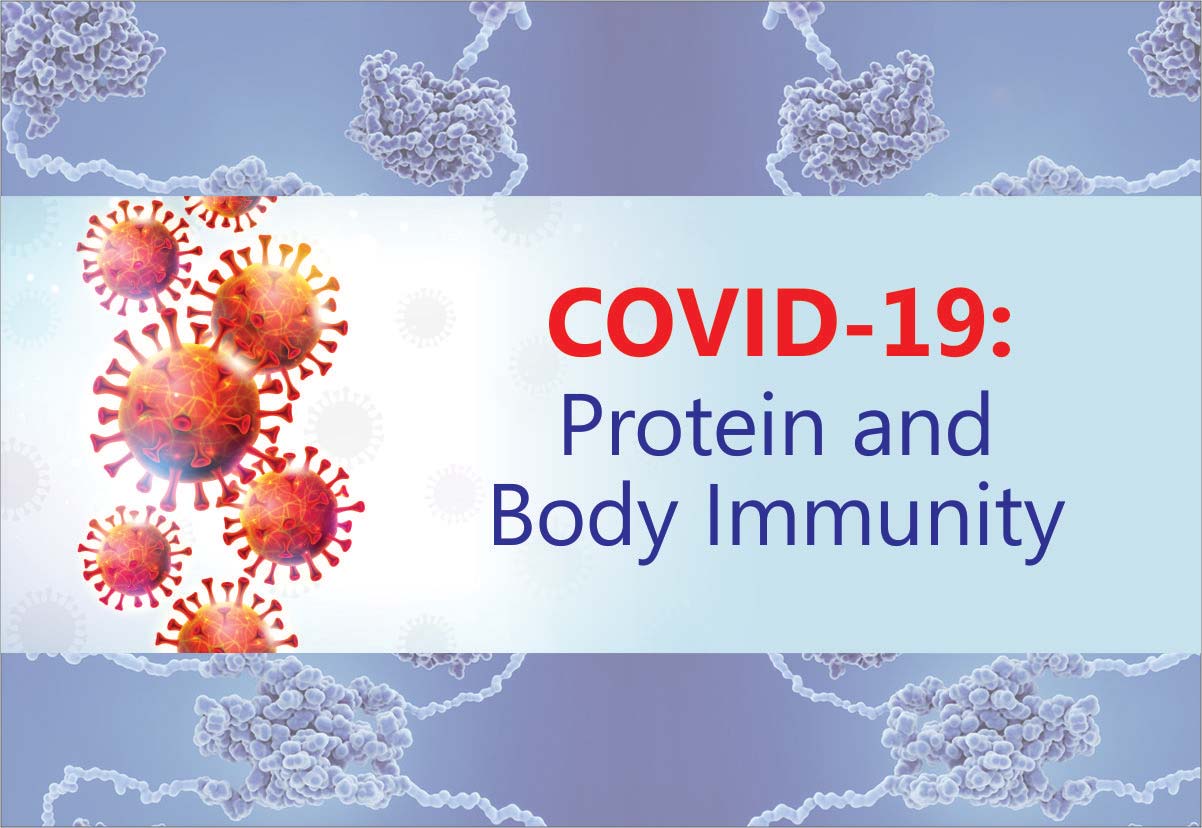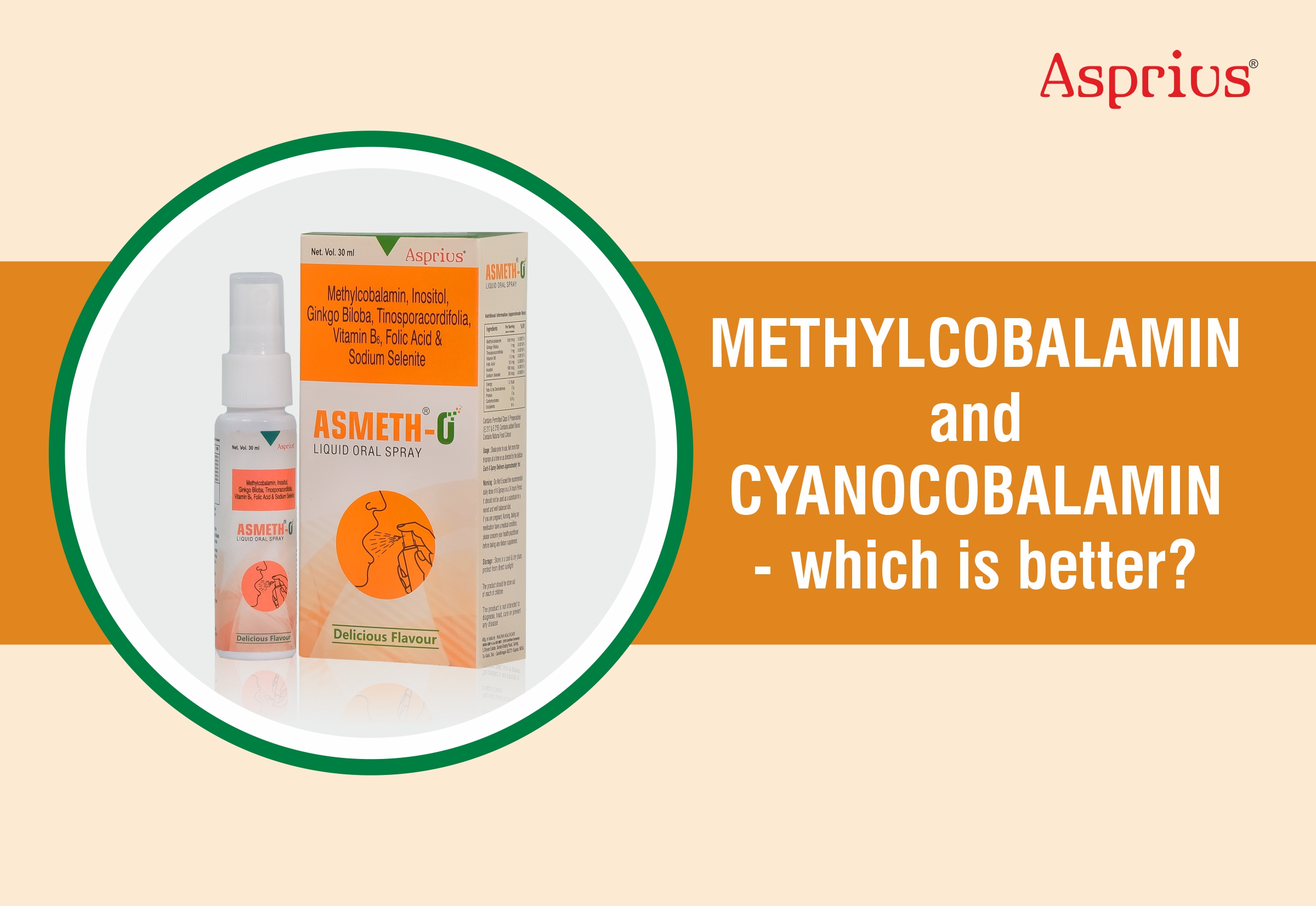
Dr. Sanjay Agrawal
Leading Pharmaceutical consultant and editor-in chief of IJMToday

Nutraceuticals are biological therapies used to promote wellness, prevent malignant processes and control symptoms. These can be grouped into the following three broad categories :
- Substances with established nutritional functions, such as vitamins, minerals, amino acids and fatty acids – Nutrients
- Herbs as concentrates and extracts – Herbals
- Reagents derived from other sources (e.g. pyruvate, chondroitin sulphate, steroid hormone precursors) weight-loss supplements and meal replacements – Dietary supplements.
Nutrients: The most commonly known nutrients are antioxidant, water and fat-soluble vitamins. Many potential benefits have been attributed to antioxidant use in the form of dietary intake or supplementation . Antioxidants are useful in the prevention of cancer and cerebrovascular disease . Intake of vitamin E may prevent Parkinson’s disease.
Herbals: Herbals are age old and they have storehouse of remedies to cure acute and chronic diseases. The knowledge of herbals has accumulated over thousands of years and helped in many effective means of ensuring health care. Numerous nutraceuticals are present in medicinal herbs.
Herbal extracts, like b-sitosterols (Saw Palmetto berry), cernilton (pollen extract), and pygeum africum (African plum) have been evaluated for use in the treatment of benign prostatic hyperplasia . Echinacea for the prevention and treatment of colds and flu. St John’s wort is efficacious for mild to moderate depression. Echinacea may be helpful in the treatment or prevention of upper respiratory tract infections.
Dietary supplements: Dietary supplements have been developed to manage diseases. Ketogenic diets, comprising of foods high in fat and low in protein and carbohydrate content, have been reported to improve seizure control. Cereals and grains is an area of nutraceuticals in which calcium fortification is strongly present. Researchers have found that minimally refined grains may reduce the incidence of diabetes .Phytoestrogens increase oestrogens levels when hormonal levels are low. This action may prevent against both hot flushes and breast cancer. Lentinus (shiitake), Pleurotus (oyster), Auricularia (mu-er), Flammulina (enokitake), Tremella (yin-er), Hericium, and Grifola (maitake) have immunomodulatory effects, lipid lowering, antitumor and other beneficial or therapeutic health effects without any significant toxicity. The two nutraceuticals namely glucosamine sulfate and chondroitin sulfate are effective and safer to alleviate symptoms of osteoarthritis which are abundantly being used today .
Dairy foods are an emerging area of nutraceuticals containing probiotic bacteria which promotes gut health. Yoghurts containing Lactobacillus are found in products such as Yakut are a fast developing area of functional foods. Because of all these findings, nutraceuticals are being widely accepted as an alternative to conventional therapy for enhancing the well being.
The present study devoted towards understanding of the nutraceuticals based on their pharmaceutical and therapeutic indications. There is a lot of confusion related to the terminology of nutraceuticals such as phytochemicals, pharmafoods, medical foods, functional foods, dietary supplements, designer foods, etc., There is thin dividing line in the usage by different people on different occasions. Pharmaceuticals are medications used to treat diseases, whereas nutraceuticals are the substances considered to prevent diseases .Pharmaceuticals and nutraceuticals both can cure and prevent disease(s) but, only pharmaceuticals have governmental sanction . The number of nutraceuticals is changing continuously which means there is an increase in ongoing market development, research, and consumer interest. This increase in interest in the nutraceutical consumption, forces the need to warrant the nutraceuticals usage safe and effective.
The mechanism of action of these nutraceuticals is not very clear. Mostly they are thought to be involved in a wide variety of biological processes like activation of signal transduction pathways, antioxidant properties, gene expression, cell proliferation and differentiation.
Conclusion
Nutraceuticals are definitely going to play an important role in future therapeutic developments but their success will be has to be governed by control of purity, safety and efficacy without changing the innovation. Nutraceuticals will continue to play a promising role since they are convenient for today’s lifestyle. Some genuinely researched nutraceuticals offer novel ingredients that bring about health benefits faster than would normally by eating conventionally healthy foods. The present knowledge about nutraceuticals is undoubtedly a biggest challenge for nutritionists, physicians, food technologists and food chemists. Public health authorities are considering the prevention and treatment with nutraceuticals as an upcoming instrument for maintaining health and against nutritionally induced acute and chronic diseases, which would help in promoting optimal health and quality of life. An important place for nutraceuticals in clinical practice is emerging, but important pharmaceutical and clinical issues need to be addressed by further research.




